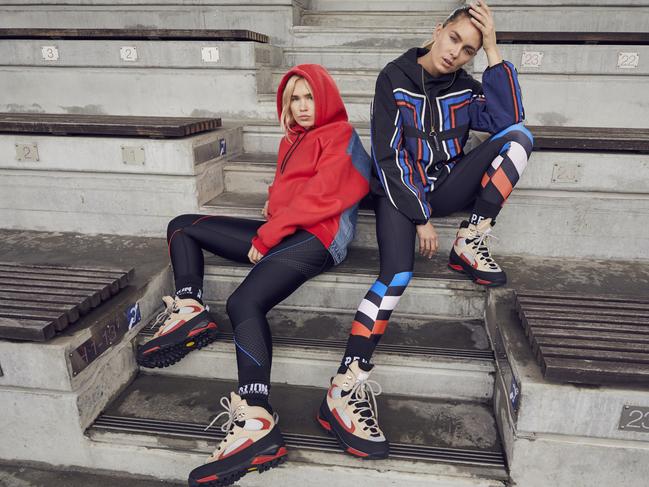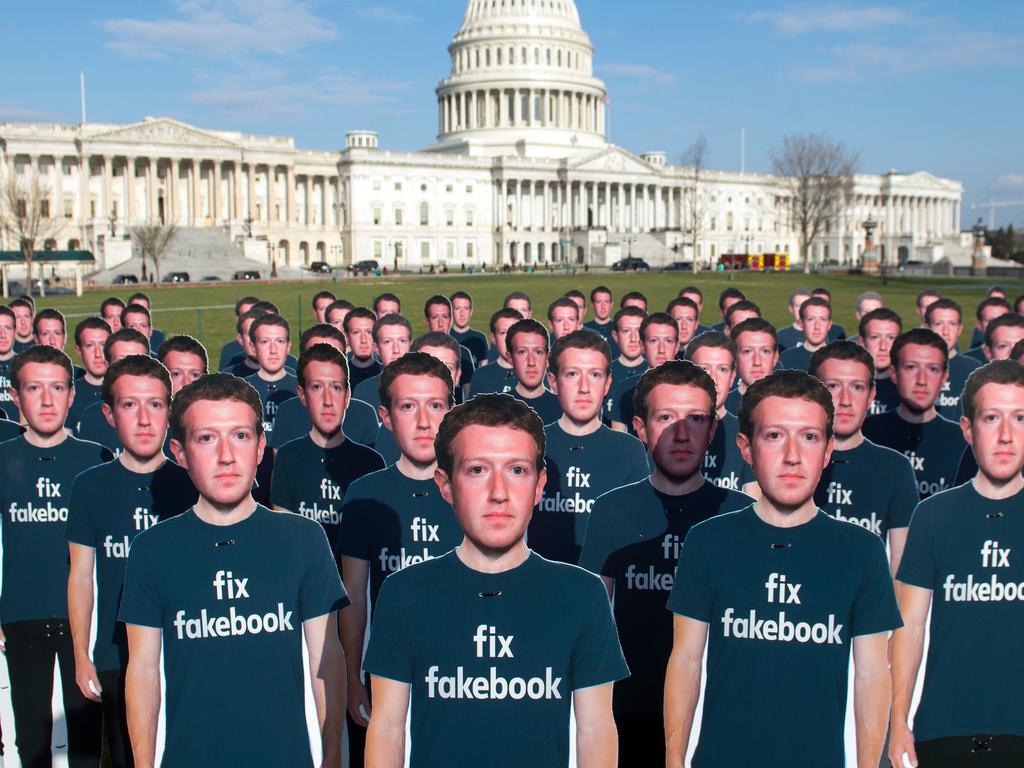We are in the Age of Activewear and sustainability, while this decade fashion got political
From activewear to sustainability, comfortable shoes and digital prints, fashion was about so much more than ever-changing trends this decade

Future generations looking back at the 2010s may identify any number of catwalk trends, but one overarching shift occurred in fashion: activewear. No longer simply the preserve of yoga and Pilates classes — but certainly helped along by the increasing popularity of both, along with the focus on health and “wellness” — Lycra-clad bodies became ubiquitous in our streets, our cafes, even our (most casual) workplaces. Is it fashion? Well, increasingly yes, as renowned designers create covetable collaborations with sportswear labels, and other brands including Australia’s P.E Nation and The Upside produce design-driven styles. To give an idea of the increasing momentum behind the industry, Canada’s Lululemon posted gross profits in 2009 of $US179m; this year it was $US2.8bn ($4bn). Globally, the activewear category was valued at $US351bn in 2017 and is projected to be worth $US567bn by 2024, so the trend is not going away soon.
Sustainability
It’s a sad fact that sometimes it takes a tragedy to create change.
On April 24, 2013, the world reeled in horror as vision emerged of the Rana Plaza factory collapse in Bangladesh. There were 1138 fatalities that day, with a further 2500 injured and about 800 children orphaned. Those in the building were creating clothing for budget and fast-fashion brands, part of a tangled and outsourced supply chain that is shockingly opaque — leaving consumers largely oblivious as to why their $5 T-shirt can be so cheap. It was a wake-up call to the fashion industry about how its fashion was made and at what cost to whom.
Beyond this human cost, it prompted a broader investigation of the industry’s environmentally damaging supply chain practices, from fibre to shopfront, and sustainability soon became the buzzword of the decade.
Ugly shoes step forward
The noughties ended on an ankle-breaking high with British designer Alexander McQueen’s armadillo shoes, named for their resemblance to the scaly-looking creatures. Come the 2010s, enough was enough. In September 2012 Phoebe Philo, then creative director of French fashion house Celine and known to be the thinking woman’s designer, sent models down the catwalk in flat, chunky, sometimes furry shoes, worn with everything from slouchy trousers to slinky separates. Ugly shoes were suddenly trending — and women the world over breathed a sigh of relief as their heels hit the ground. Seven years on, Philo’s legacy continues in our daily footwear choices, which now includes trainers at work and flats with eveningwear.
The rise of luxury
We are in an age when an Hermes Birkin bag is a better long-term investment than gold. Sure, the bags by the French luxury house are handcrafted in the finest leathers and exotic skins with a waiting list for years (or so the legend goes). But really? In 2016 an unused crocodile-skin Birkin decorated with diamonds sold at auction for a staggering $US298,000; its original price was $US160,000 just eight years earlier. It’s an extreme example but it’s also significant given that the global luxury market continues to grow. In 2010 industry adviser Bain & Company reported that 2009 had been the worst year for the luxury goods market, with a value of $US170bn. This year it predicted the global personal luxury market could hit $US310bn.
Australia has seen the rise first-hand. In the past decade we have seen the opening or upgrading of flagship stores of almost every major luxury fashion and jewellery house. Louis Vuitton opened its first full maison in Sydney in 2011; it was closed for a complete refurbishment and reopened last month, bigger, better and more luxurious. Tiffany & Co opened a new flagship in Sydney in April. Last month luxury conglomerate LVMH bought the heritage US jewellery firm for $US16.2bn, one of the most expensive acquisitions in luxury retail history.
Fashion activism
Few could forget the image of the first women’s marches in the US in January 2017, just months after Donald Trump won the US presidency: millions took to the streets, many of them wearing pink cat-eared beanies, soon dubbed pussyhats. The item of headwear quickly became a symbol of fourth-wave feminism, power and unity. The beanie even made the cover of Time magazine that year.
Fashion has continued to play its part in political protests. At Trump’s State of the Union address in Washington in February, Democratic congresswomen wore white in a nod to the suffragette movement and solidarity with women’s rights. Following #MeToo and Time’s Up, red-carpet dressing has become political: at last year’s Golden Globes women wore black in solidarity and many sported badges in support. Slogan T-shirts have hit catwalks in support of women’s rights, environmental issues and diversity. Last year in Buenos Aires, women marching in support of the decriminalisation of abortion wore hooded costumes similar to those in the TV series The Handmaid’s Tale, a symbol of female oppression.
Digital print dresses
Trends come and go, and the past decade has seen any number strut down catwalks. But in terms of innovation-based trends, the early part of this decade saw a seismic shift with the popularisation of digital printing. It allows small fabric runs, as well as garment-specific printing, rather than requiring whole bolts to be printed. This meant that designers could create prints to fit a particular item of clothing. Digital print dresses became ubiquitous in the first half of the decade, spearheaded by creative designers such as Britain’s Mary Katrantzou, who created trompe l’oeil designs based on perfume bottles, lampshades or photographic garden scenes.
One of the disadvantages, however, is that these designs became relatively easy to copy, so higher-end designers have moved on to more handcrafted and textural designs.
Designer musical chairs
You could say that John Galliano’s anti-Semitic outburst at a Paris bar in 2011 kickstarted the game of musical chairs that has been playing out at luxury labels ever since. Christian Dior was quick to oust the British creative director and the role has since been filled by Bill Gaytten, Raf Simons and Maria Grazia Chiuri.
Replacing creative directors is not new for long-established houses but their changeover does seem to be occurring more frequently. With increased pressures on designers, and brands chasing ever-increasing profits, designers at the top of the luxury pile no longer have the, well, luxury of taking their time to put their mark on a brand. Simons at Calvin Klein was the most brutal case: hired in 2016 to oversee a complete overhaul of the brand, the Belgian designer lasted less than two years because of declining sales. Other brands involved in the rotation include Lanvin (four designers in as many years) and Balenciaga (three in seven). Karl Lagerfeld was the anomaly. The German-born designer, who died in February, was creative director of Chanel since 1983 and Fendi since 1965.





To join the conversation, please log in. Don't have an account? Register
Join the conversation, you are commenting as Logout